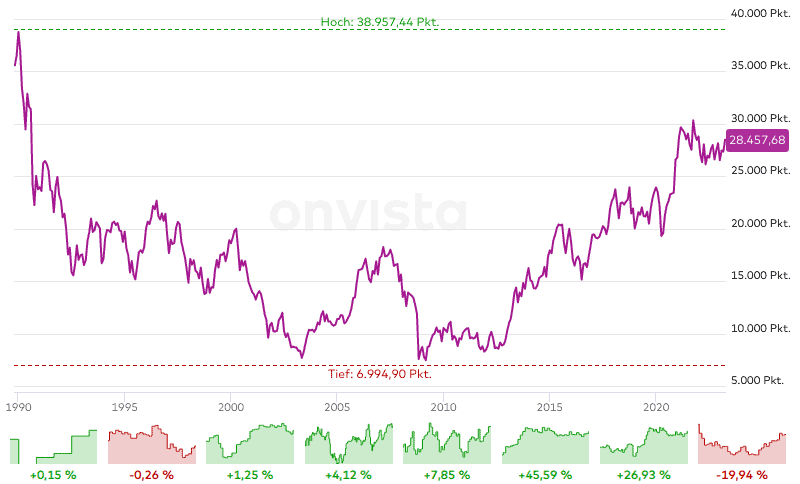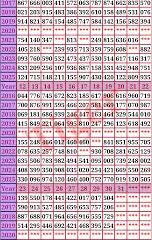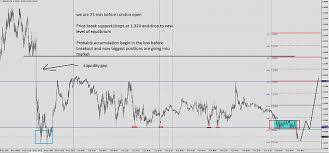Understanding the Nikkei Index: Current Trends and Insights

Introduction
The Nikkei Index, Japan’s premier stock market index, is often seen as a barometer of the country’s economic health and investor confidence. Tracking the performance of the top 225 large-cap companies listed on the Tokyo Stock Exchange, the Nikkei Index plays a crucial role in global financial markets. Its fluctuations can indicate shifts in market sentiment and provide insights into the economic landscape not just in Japan, but across Asia and the world.
Current Status and Trends
As of mid-October 2023, the Nikkei Index has shown remarkable resilience despite global economic headwinds, including rising inflation rates and geopolitical tensions. Recently, the index reached a 33-year high, sitting around 32,000 points. Analysts attribute this upward trend to several factors: strong corporate earnings, a weak yen boosting export-driven companies, and government policies aimed at stimulating the economy.
Notably, Japanese manufacturing sectors, including automotive and technology, have seen significant growth, as highlighted in recent earnings reports. Companies like Toyota and Sony are leading the charge, contributing positively to the Nikkei Index’s performance. Additionally, foreign investment has surged, with a significant inflow of capital from North America and Europe, attracted by Japan’s competitive economic environment and robust export market.
Market Predictions
Looking ahead, experts predict that the Nikkei Index may continue its upward trajectory if companies maintain strong earnings momentum and the global economy stabilizes. However, potential risks, such as ongoing interest rate hikes by the U.S. Federal Reserve, could pose challenges. Market analysts caution that geopolitical tensions in the Asia-Pacific region and developments in China’s economic recovery will also be critical factors affecting the Nikkei’s movement.
Conclusion
The Nikkei Index remains a vital indicator for investors and economists alike, reflecting broader trends in the Japanese economy and its interactions with the global market. As the index approaches new heights, stakeholders are advised to stay informed about the various external and internal factors influencing market dynamics. With careful monitoring of market conditions and corporate performance, investors can make informed decisions in this evolving landscape.





